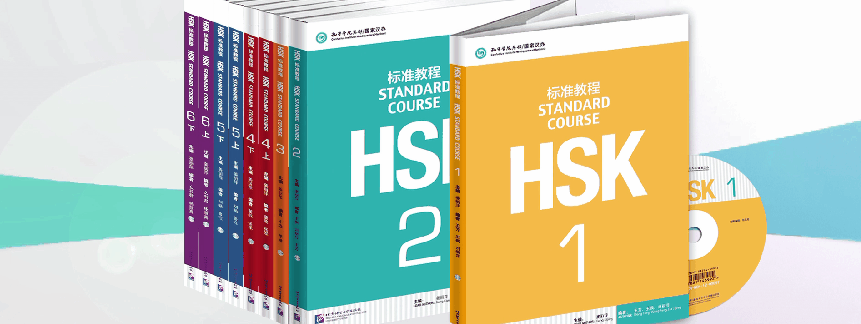Online Bookstore
New Concept Chinese Textbook 2
Author:Cui Yonghua
- Medium:Books,MP3
- ISBN: 9787561933794
- Page Count: 106
- Size:285 × 210 × 7 mm
- Pub Date:2013-02
- The book weight: 450 g
- Annotation Language:English
- Course:Comprehensive
- Target Audience(Age):Adults
- Target Audience(Language):Elementary
- The Series: New Concept Chinese
- Subject Zone: New Concept Chinese
- Price:
-
Category: Textbooks >Study in China >Short-Term
Textbooks >Study outside China >Adults
More -
The product sample:
目录、使用说明 Contents & Preface
 样课 Sample
样课 Sample













